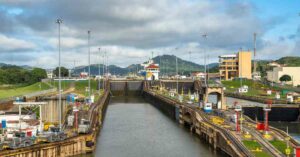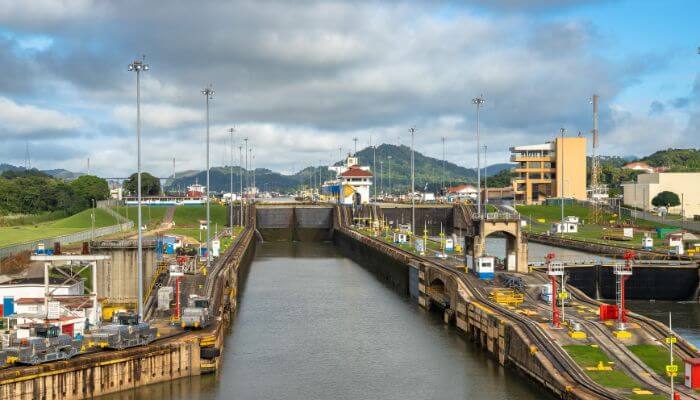
US Navy Sailor Accused Of Transmitting Confidential Data To Foreign Government
February 22, 2024
Global Shipping Industry Unites To Combat Harassment And Bullying In Maritime Sector
February 22, 2024
The Panama Canal Authority has announced a significant shift in investment priorities, prioritising environmental initiatives. With a $8.5 billion budget for improvements to the infrastructure over the next five years, this commitment outpaces the previous record expansion of the waterway, highlighting the importance of solving climate-related concerns. The Panama Canal, an essential worldwide maritime route, underwent a historic expansion in 2016, adding new locks to handle larger ships and increase passage capacity.
A substantial amount of the allocated cash, approximately $3.5 billion, will now be used to improve infrastructure and equipment. This includes installing a photovoltaic plant and using electric vehicles and hybrid tugs to reduce carbon emissions. Apart from infrastructure, over $2 billion will go toward eco-friendly projects, and another $2 billion will support water management initiatives. The remaining fund, surpassing a billion dollars, will assist digital transformation efforts and projects targeted at decarbonising canal operations.

This strategy is built around reducing greenhouse gas emissions and reaching net zero carbon emissions by 2050. A greenhouse gas emissions inventory is being finalised by the Canal Authority in collaboration with the World Bank and the International Finance Corporation, with an anticipated release of six months. Additionally, plans are underway to complete a full climate risk assessment and commit to the Science Based Targets project, which sets ambitious reduction targets.
The Canal made a significant move toward sustainability in January when it appointed Deputy Administrator Ilya Espino de Marotta as its first Chief Sustainability Officer, demonstrating its dedication to all-encompassing sustainability initiatives.
The announcement coincides with the Canal Authority’s proactive response to a severe drought, which significantly impacted water levels in the Gatun reservoir. The Canal Authority took measures to conserve water in response to never-before-seen water shortages. Some measures included limiting the number of ship transits per day and imposing draft limitations on cargo ships. Despite these problems, recent rainfall increases have allowed the Canal Authority to maintain a 24-hour transit schedule, showcasing adaptation in the face of climate-related challenges.
Forecasters predict a transition to La Niña conditions, which traditionally bring above-average rainfall to Panama, providing cautious optimism for some relief from drought conditions. However, the Panama Canal’s significant investment in climate resilience highlights the importance of taking proactive actions to prevent future threats and preserve the long-term viability of this vital global route.
Reference: Offshore Energy
Panama Canal Announces $8.5 Billion Investment Towards Sustainable Projects appeared first on Marine Insight – The Maritime Industry Guide
Source: Maritime Shipping News


